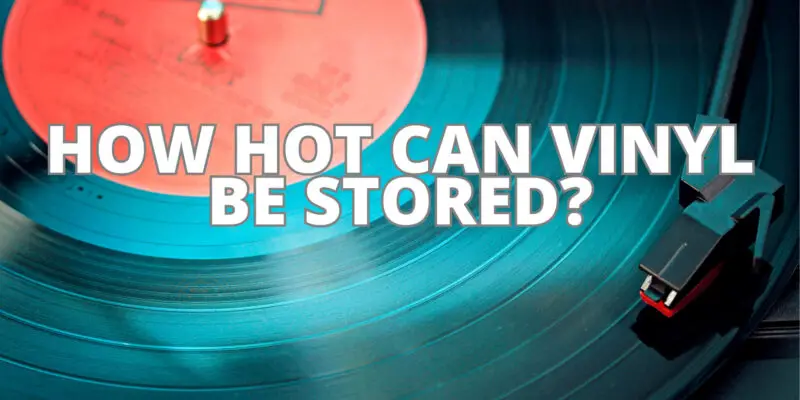Vinyl records, cherished for their analog sound and collectible appeal, require proper care and storage to maintain their integrity and sound quality over time. Temperature plays a crucial role in the preservation of vinyl records, as excessive heat can cause damage to the records and their sleeves. In this article, we’ll explore the recommended storage conditions for vinyl records, including the maximum temperature at which they should be stored.
Ideal Storage Conditions for Vinyl Records
To ensure the longevity and optimal condition of your vinyl records, it’s essential to store them in a suitable environment. The ideal storage conditions for vinyl records include:
- Temperature: Vinyl records are best preserved at a consistent temperature between 65°F (18°C) and 70°F (21°C). This range provides a stable and moderate climate for vinyl, preventing warping, melting, or other heat-related damage.
- Humidity: Relative humidity should ideally be maintained between 40% and 60%. Excessively low humidity can cause records to become brittle, while excessive humidity can promote mold growth and warping.
- Protection from Direct Sunlight: Vinyl records should be stored away from direct sunlight, as exposure to UV rays can cause warping, fading of album covers, and damage to the vinyl itself.
- Vertical Storage: Vinyl records should be stored vertically, like books on a shelf. Storing them flat or at an angle can lead to warping over time.
- Dust and Contaminant-Free: Ensure that your storage area is free from dust and contaminants that can settle on the records’ surfaces and affect playback.
The Maximum Safe Temperature for Vinyl Storage
The maximum safe temperature for vinyl storage is typically considered to be around 140°F (60°C). Beyond this temperature, vinyl records can become vulnerable to warping, distortion, and other forms of damage.
Here’s why maintaining temperatures below this threshold is crucial:
- Warping: Vinyl records are made of a thermoplastic material that becomes soft and malleable at higher temperatures. Prolonged exposure to temperatures above 140°F (60°C) can cause records to warp, making them unplayable.
- Melting: In extreme heat, vinyl records can begin to melt or deform, rendering them completely unusable.
- Label Damage: Excessive heat can cause record labels to peel or bubble, which can affect the record’s aesthetics and playability.
- Sleeve Damage: Heat can also damage record sleeves, causing them to warp or deteriorate over time.
Tips for Protecting Vinyl Records from Heat
To protect your vinyl records from excessive heat, consider the following tips:
- Choose an Appropriate Storage Location: Store your vinyl records in a climate-controlled room or area of your home where temperature and humidity can be regulated.
- Use Proper Shelving: Invest in dedicated vinyl record storage shelves or crates designed to hold records vertically. These help maintain the records’ shape and prevent warping.
- Avoid Attics and Basements: Attics and basements are more prone to extreme temperature fluctuations. If you must store records in these areas, take extra precautions to insulate and regulate the environment.
- Consider Climate Control: If you have a substantial vinyl collection, it may be worth investing in climate control equipment, such as a dehumidifier and air conditioner, to maintain ideal conditions.
In conclusion, vinyl records should be stored in a climate-controlled environment with a temperature range between 65°F (18°C) and 70°F (21°C). Avoid exposing vinyl records to temperatures exceeding 140°F (60°C), as this can lead to warping, melting, and irreversible damage. By following these guidelines, you can ensure that your vinyl collection remains in excellent condition and continues to provide the unique and cherished analog sound that vinyl enthusiasts appreciate.

